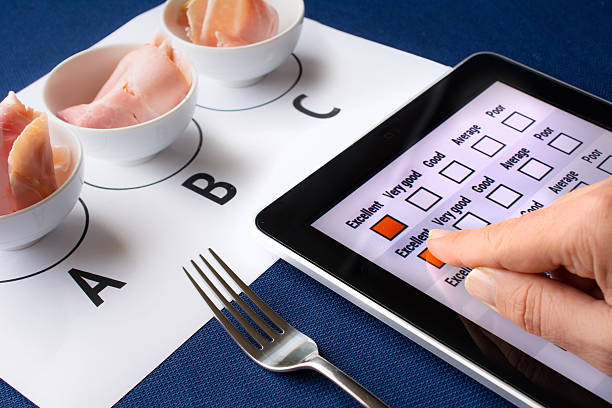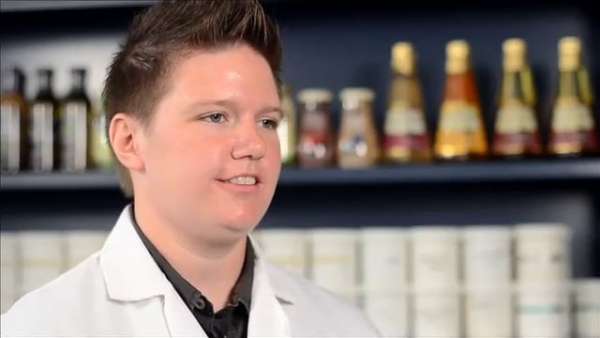Can you taste the difference? Food science in action
Lessons
# Making Smoothies
This standard laboratory operating procedure (SLOP) gives the basic for the fruit smoothies to be used in the taste tests.
Files
# Triangle Taste Test
Taste three fruit smoothie products and distinguish the taste of one of the samples by completing a Triangle taste test. Record data in lab notebooks and use Triangle taste test cards and Triangle taste test ballots.
Files
Teacher background
Sensory science is a scientific method used to measure, analyze and interpret human responses to products perceived through their senses of touch, taste, sight, smell or sound. This form of science is often used to improve existing products or to test peoples’ views on new products. When a food company is offering a new product, changing ingredients or researching potential products, it is important for the company to know what the consumer reaction is likely to be of the product. There are three basic types of sensory tests that are routinely used:
-
Discrimination or Difference Tests are used to answer whether there are any difference between two types of products. For example: testing an alternate ingredient to see if consumers can tell the difference between the original product and the newly formulated product, or the Triangle Test which is a discrimination test in which three coded samples are presented to each panelist, then the panelist is asked to pick out which sample they feel is different from the other two.
-
Descriptive Analyses are used to quantify the perceived intensities of the product’s sensory characteristics. Information from these studies are used to assess how food products are similar or different from one another.
-
Affective Tests are used to quantify the degree of preference for a product. This test measures how well products are liked or preferred.
Next gen science standards
Science and engineering practices
- Asking questions (for science) and defining problems (for engineering)
- Analyzing and interpreting data
- Obtaining, evaluating, and communicating information
Crosscutting concepts
- Scale, proportion, and quantity
Disciplinary core ideas/content
- PS4C Information technologies and instrumentation
- ETS2 Links among Engineering, technology, science and society






Share this